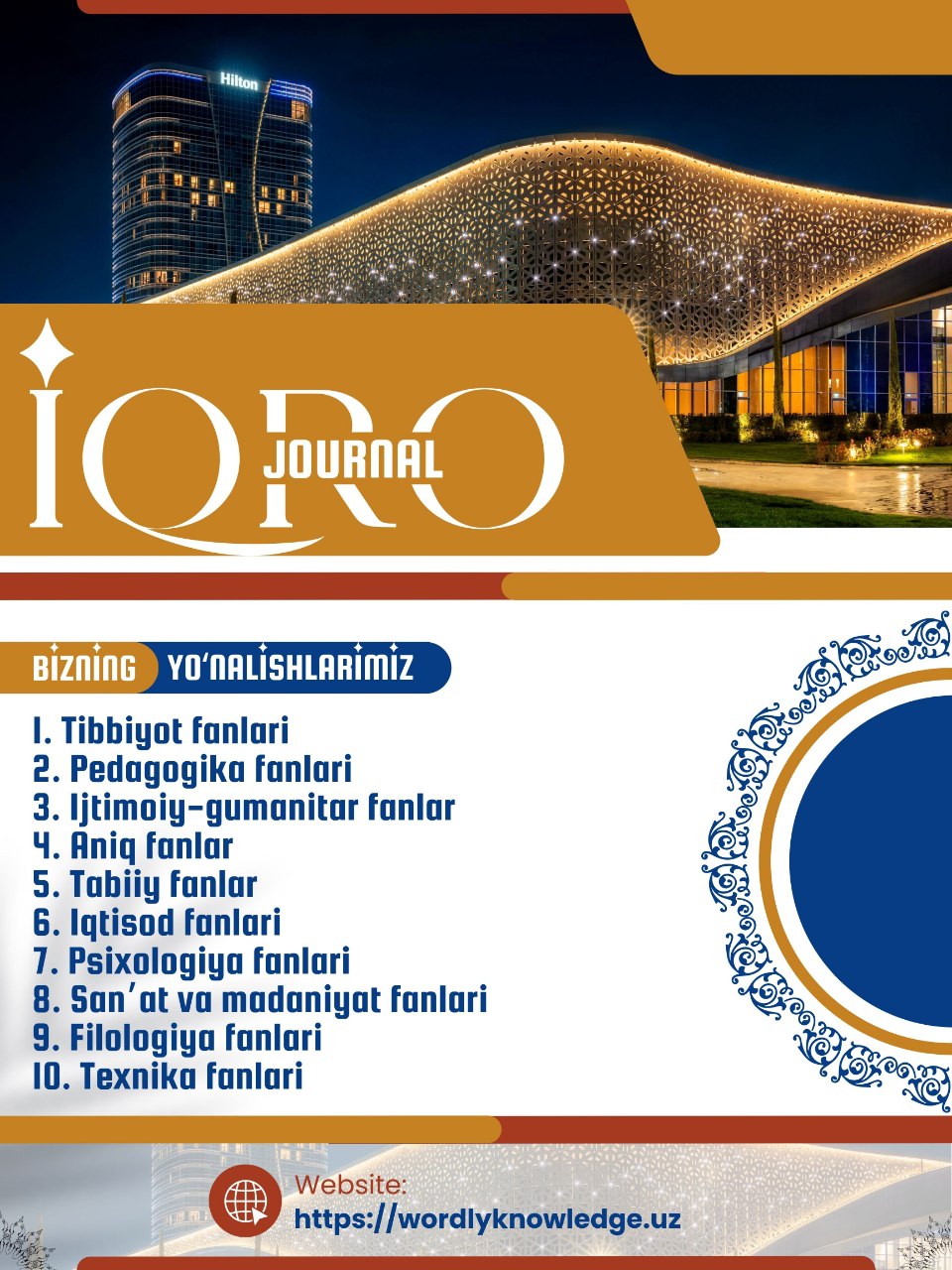THE U.S. ECONOMY DURING WORLD WAR I
Samarqand Davlat Tibbiyot Universiteti, Ijtimoiy va gumanitar fanlar kafedrasi, Tarix fanlari doktori (PhD), Tursunova Gavhar taqrizi ostida
Keywords:
World War I, U.S. economy, war mobilization, financial policies, taxation, war bonds, industrial expansion, economic impact, geopolitical factors, military expenditures.Abstract
This study examines the economic impact of World War I on the United States, analyzing the mobilization of resources, financial strategies, and industrial expansion during the war period. The war, despite the U.S. suffering fewer casualties than European nations, required a large-scale economic and military mobilization. The research discusses how the U.S. transitioned from neutrality to active involvement, including changes in industrial production, taxation policies, and government interventions in various sectors. Additionally, the study explores the financial burden of the war, focusing on war bonds, taxation, and government expenditures. The paper also highlights the geopolitical and economic factors that led to American participation in the war and assesses the long-term economic consequences of the conflict on U.S. development.
References
1.The relationship between loans and taxes in war finance. Annals of the American Academy of Political and Social Science.
2.Stamp, J. C. 1917. The taxation of excess profits abroad. Economic Journal.
3.Stein, Herbert. 1996. The fiscal revolution in America: policy in pursuit of reality. 2nd rev. edn. Washington, DC: AEI Press.
4.Taussig, F. W. 1921. Is market price determinate? Quarterly Journal of Economics 35 (3) (May).
5.Sprague, O. M. W. 1917. Loans and taxes in war finance. Papers and Proceedings of the Twenty-ninth Annual Meeting of the American Economic Association American Economic Review 7 (1, Supplement) (Mar.).














